No products in the cart.

As educators, we constantly seek new ways to engage and motivate the latest generation of students. Hence, greater attention is required to integrate concepts of gamification and educational games to enhance the latest elements and use handheld devices to upgrade the traditional learning framework. Using game elements in specific educational contexts makes concepts more engaging.
The concept of gamifying learning experiences for undergraduate students has become increasingly popular as education evolves. Educators can improve student engagement, motivation, and overall learning outcomes by incorporating game elements into traditional academic settings. This blog delves into the advantages and strategies of gamification in higher education.
Benefits of Gamification in Education
Gamifying the learning experience for undergraduates offers a myriad of benefits:
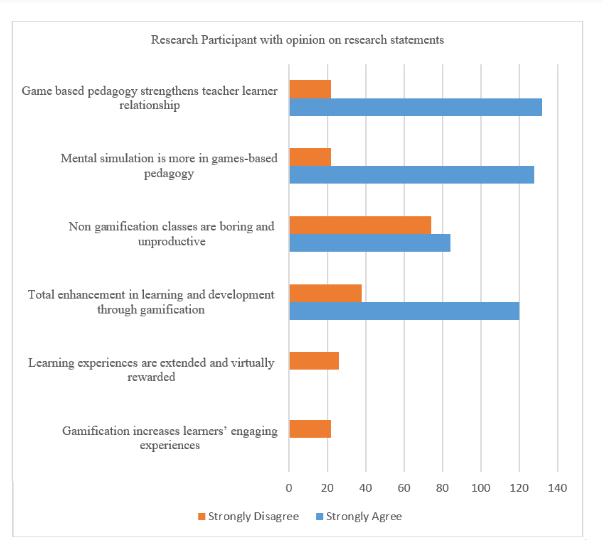
2. Student Engagement and Regularity Analysis
It was implemented in an institute where students were not compelled to attend. With the help of a gamified framework, students were intrinsically motivated to attend classes that included a coin-based attendance system, fun-based learning, online quizzes, and verbal discussions. Enhancement in attendance can be examined in all six sections, as presented in Figure.
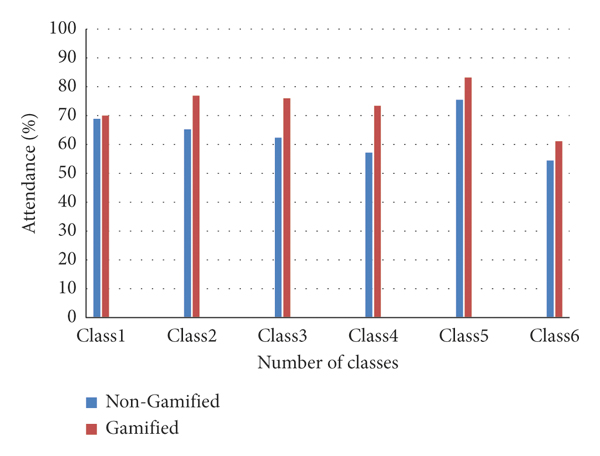
3. Enhanced Collaboration
4. Personalised Learning
Effects of education gamification Using a 5-point scale,
The research sampling unit was asked to react to various items designed to determine their beliefs and viewpoints about the effects of Education Gamification, as shown in Table 1
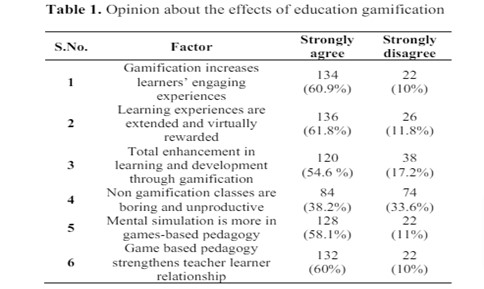
Solution:
Implementing Gamified Activities:
Gamification enables educators to set concrete learning targets and achievements to ensure learners experience a systematic and fun learning process. It guarantees the compatibility of game elements with academic performance and goal achievement, replacing mere entertainment with valuable learning experiences.
Utilising Technology
Educators can use progressive assessment tools such as the leaderboard, badges, and achievements. These tools make it easier for students to monitor their progress, remain motivated, and work harder to enhance their skills.
Creating Immersive Learning Environments
Timely feedback that provides positive encouragement and correction as soon as a misunderstanding occurs. These quick assessments are very valuable for increasing the level of knowledge and motivating students to develop better performance.
Embracing Collaboration
Presents friendly confrontation through the utilisation of challenges and quizzes. This competitive element is, therefore, one of the biggest drivers of student engagement and pushes them to the highest level academically.
Conclusion
Introducing a completely new approach to academic engagement, gamification is a revolutionary method that has transformed higher learning into an enlightened terrain. This blog aims to explore the potential of integrating certain aspects of games into education in order to improve learners' outcomes and interests.
In this area, Singhania Quest Plus enters as a pioneer with tools that involve training for educators who seek to adopt gamification in their teaching. These training and professional development programs ensure that tutors are equipped with all the necessary tools and techniques to help implement the gamified elements into their programs.
External Links for reference
1) https://www.edutopia.org/article/4-tips-getting-started-gamification
2) https://www.hindawi.com/journals/mpe/2021/9922775
FAQs
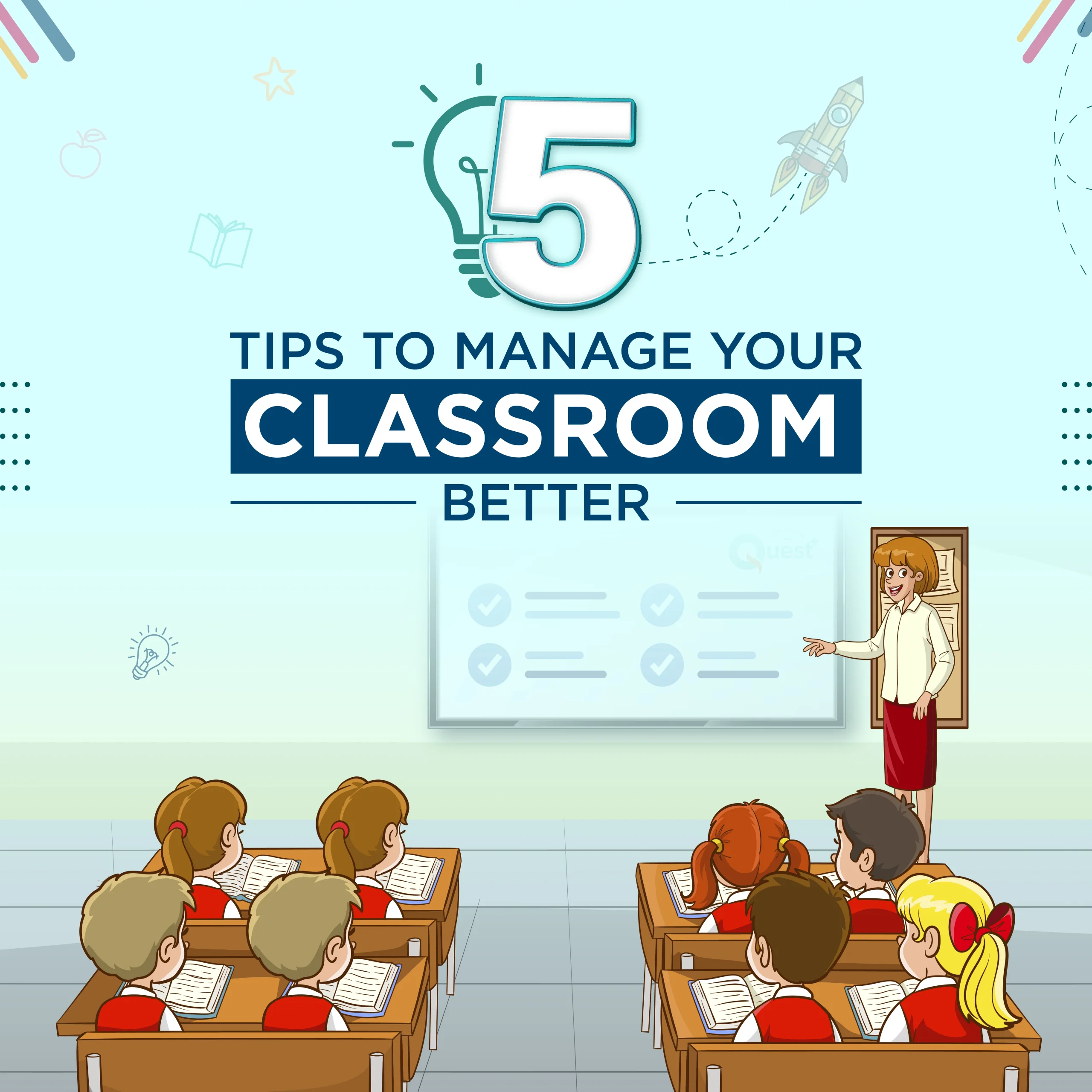


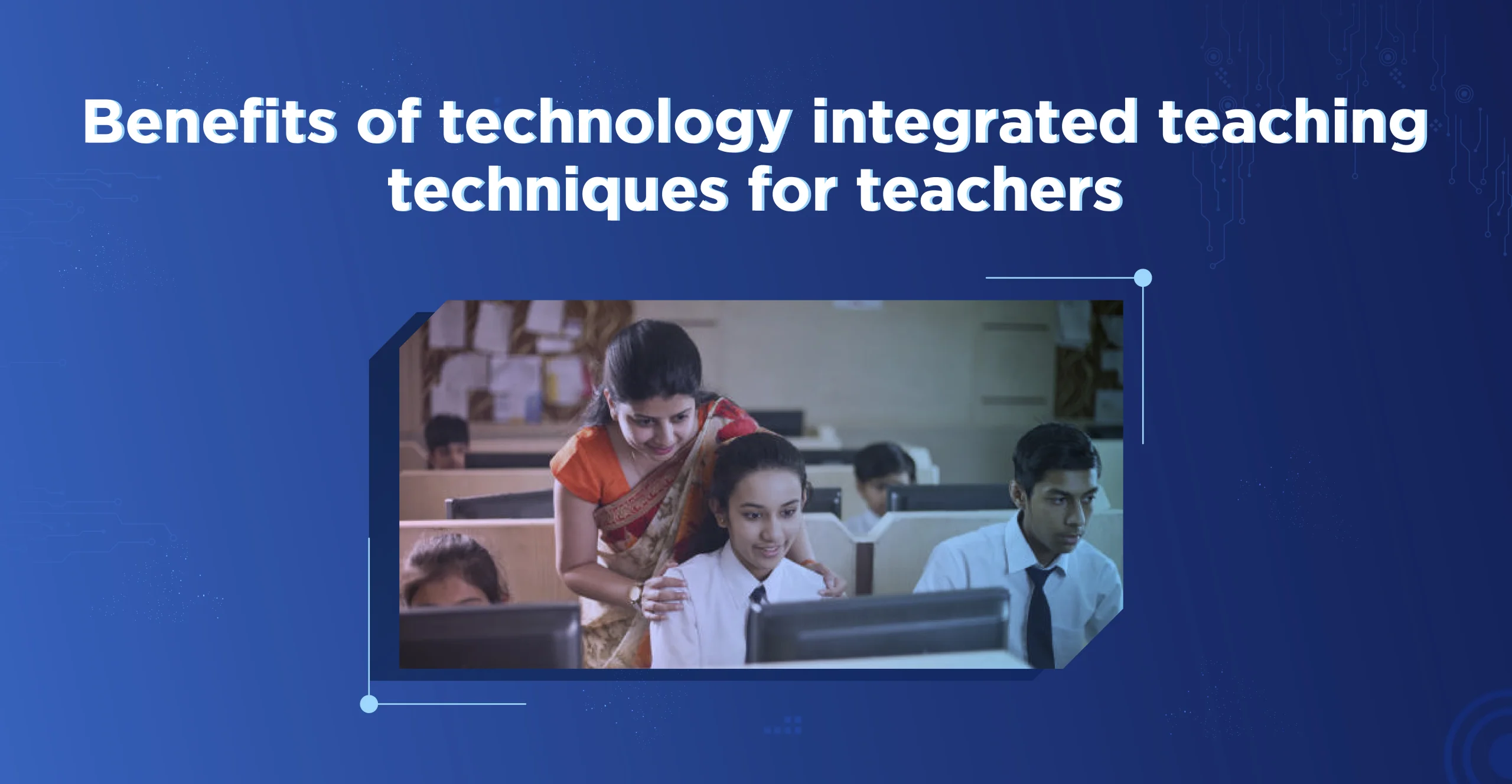
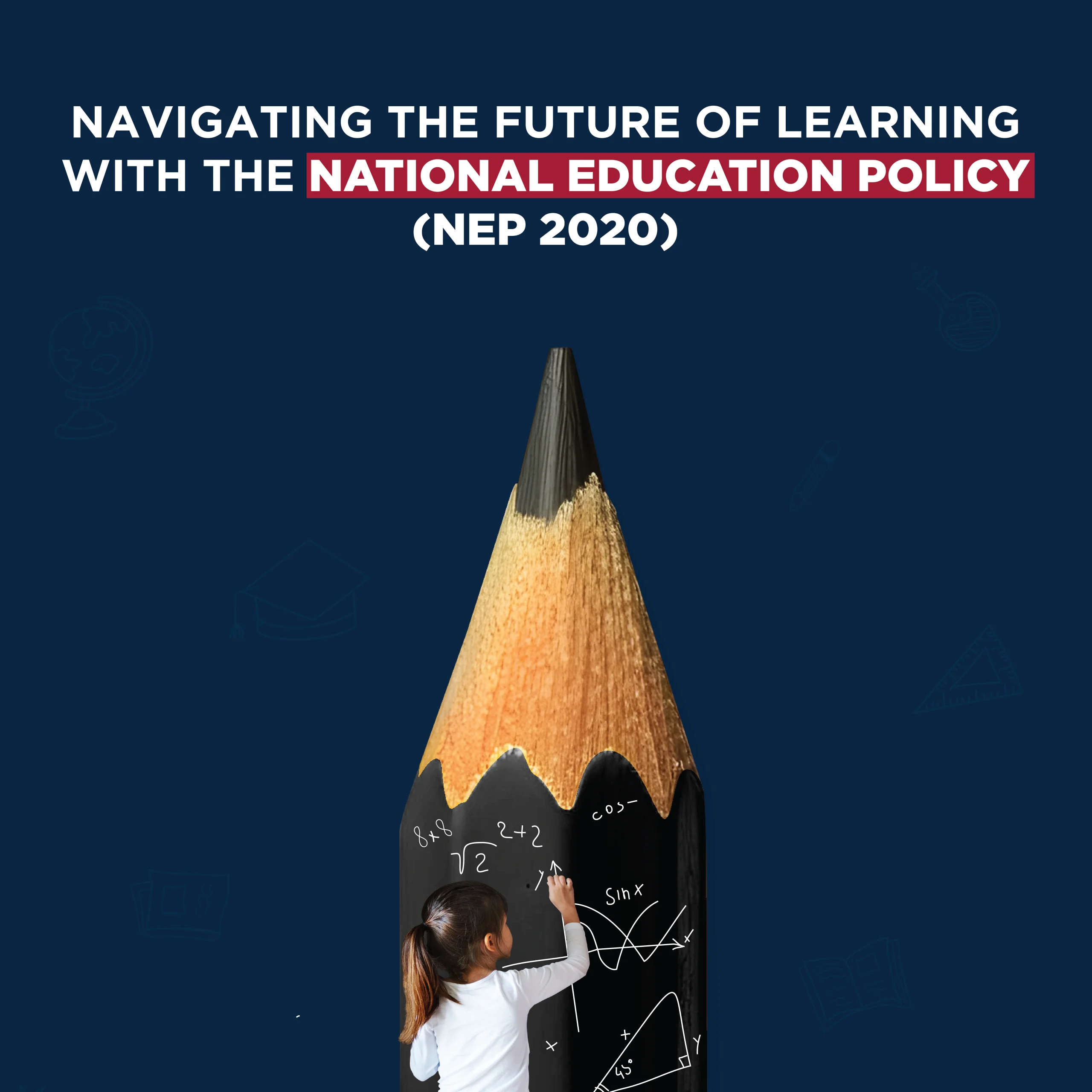

As educators, we constantly seek new ways to engage and motivate the latest generation of students. Hence, greater attention is required to integrate concepts of gamification and educational games to enhance the latest elements and use handheld devices to upgrade the traditional learning framework. Using game elements in specific educational contexts makes concepts more engaging.
The concept of gamifying learning experiences for undergraduate students has become increasingly popular as education evolves. Educators can improve student engagement, motivation, and overall learning outcomes by incorporating game elements into traditional academic settings. This blog delves into the advantages and strategies of gamification in higher education.
Benefits of Gamification in Education
Gamifying the learning experience for undergraduates offers a myriad of benefits:

2. Student Engagement and Regularity Analysis
It was implemented in an institute where students were not compelled to attend. With the help of a gamified framework, students were intrinsically motivated to attend classes that included a coin-based attendance system, fun-based learning, online quizzes, and verbal discussions. Enhancement in attendance can be examined in all six sections, as presented in Figure.

3. Enhanced Collaboration
4. Personalised Learning
Effects of education gamification Using a 5-point scale,
The research sampling unit was asked to react to various items designed to determine their beliefs and viewpoints about the effects of Education Gamification, as shown in Table 1

Solution:
Implementing Gamified Activities:
Gamification enables educators to set concrete learning targets and achievements to ensure learners experience a systematic and fun learning process. It guarantees the compatibility of game elements with academic performance and goal achievement, replacing mere entertainment with valuable learning experiences.
Utilising Technology
Educators can use progressive assessment tools such as the leaderboard, badges, and achievements. These tools make it easier for students to monitor their progress, remain motivated, and work harder to enhance their skills.
Creating Immersive Learning Environments
Timely feedback that provides positive encouragement and correction as soon as a misunderstanding occurs. These quick assessments are very valuable for increasing the level of knowledge and motivating students to develop better performance.
Embracing Collaboration
Presents friendly confrontation through the utilisation of challenges and quizzes. This competitive element is, therefore, one of the biggest drivers of student engagement and pushes them to the highest level academically.
Conclusion
Introducing a completely new approach to academic engagement, gamification is a revolutionary method that has transformed higher learning into an enlightened terrain. This blog aims to explore the potential of integrating certain aspects of games into education in order to improve learners' outcomes and interests.
In this area, Singhania Quest Plus enters as a pioneer with tools that involve training for educators who seek to adopt gamification in their teaching. These training and professional development programs ensure that tutors are equipped with all the necessary tools and techniques to help implement the gamified elements into their programs.
External Links for reference
1) https://www.edutopia.org/article/4-tips-getting-started-gamification
2) https://www.hindawi.com/journals/mpe/2021/9922775
FAQs
